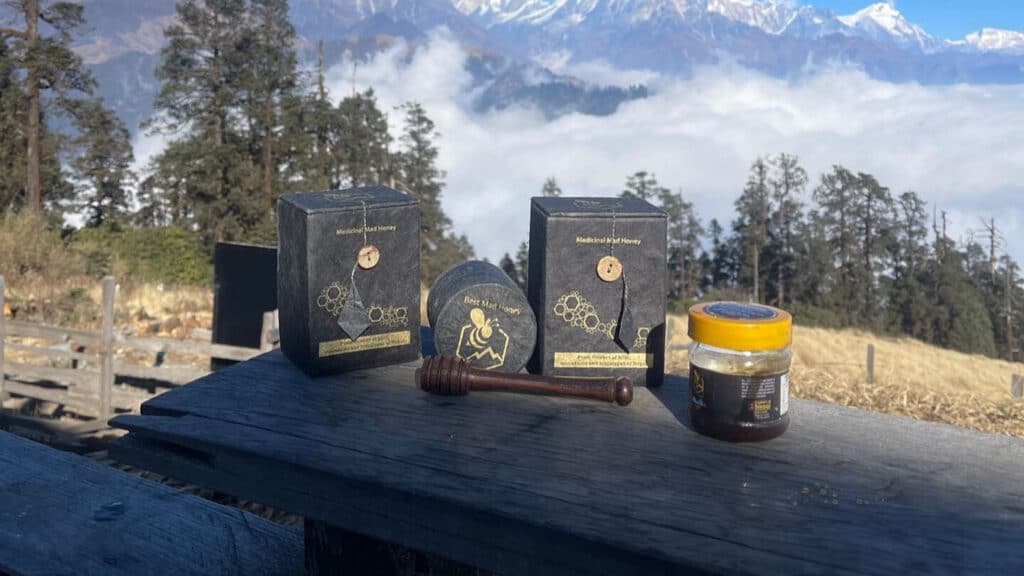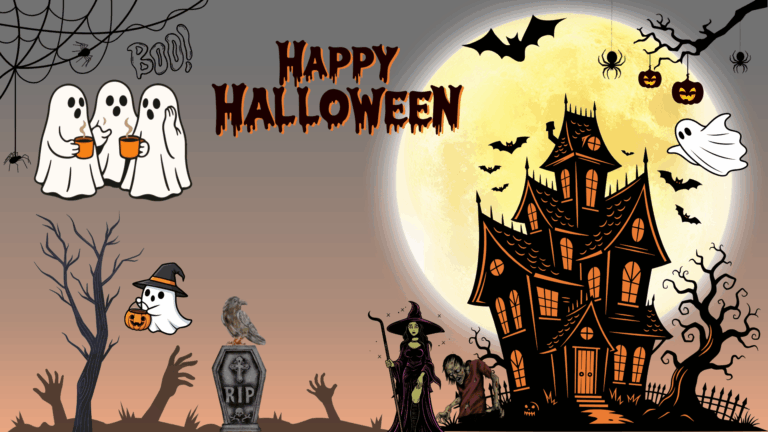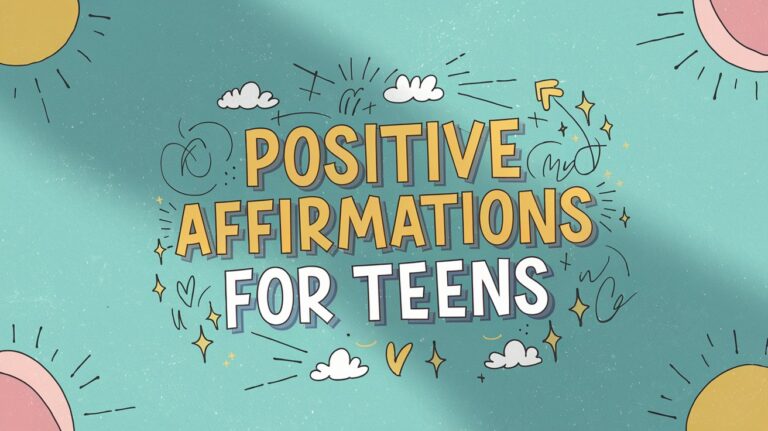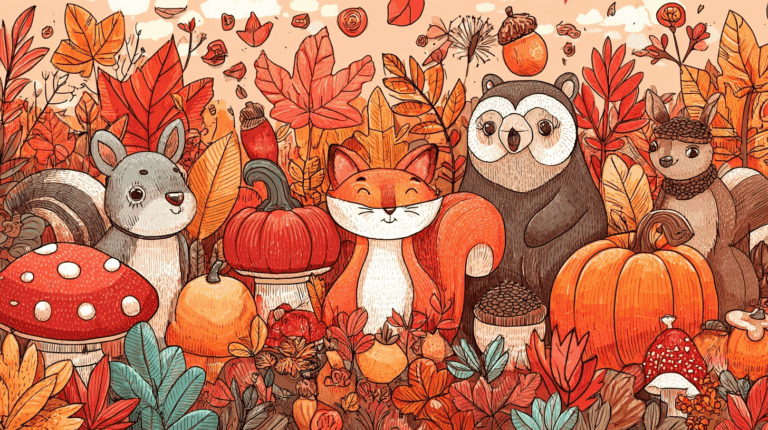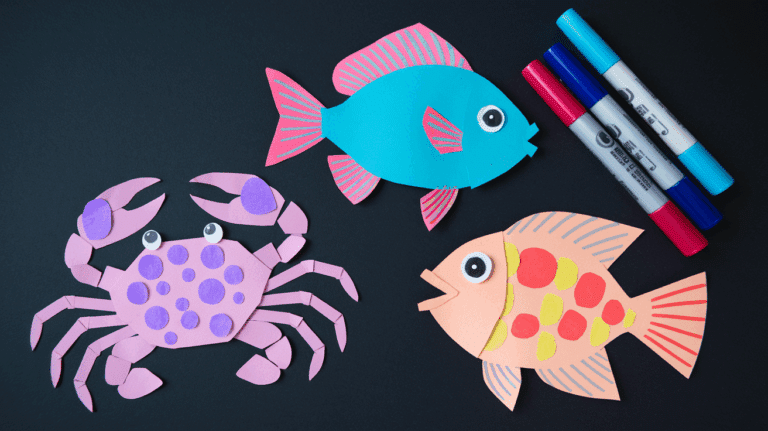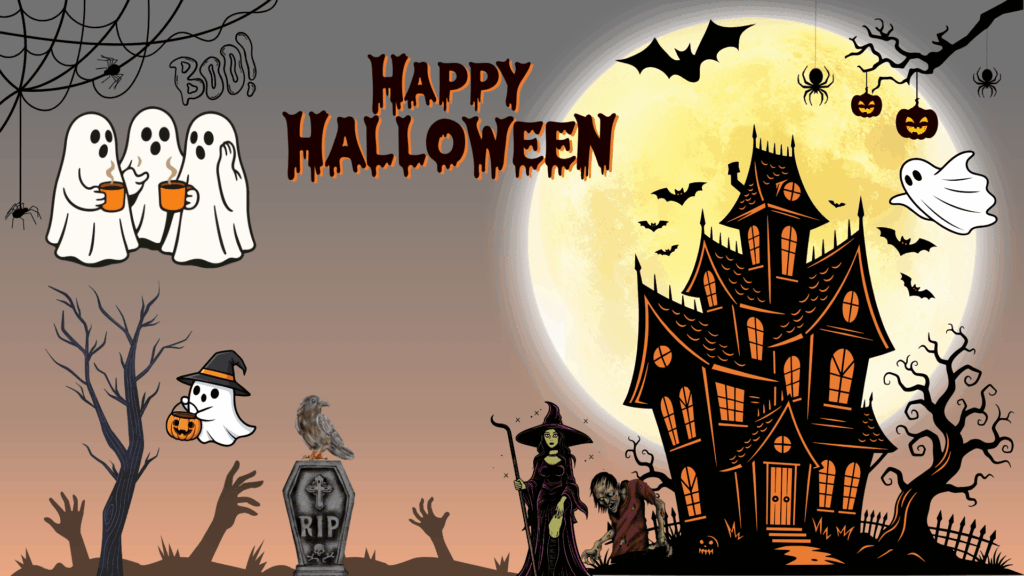When we think about natural “drugs,” we usually picture psychedelic mushrooms or cannabis fields — but nature has a few wild tricks hidden in its animals too. From cliff-dwelling bees that brew mind-bending honey to fish that send diners on dreamlike trips, some creatures have found strange ways to create intoxicants that can alter human perception.
Mad honey is perhaps the best-known example. Made by bees collecting nectar from toxic rhododendron flowers, it’s been prized for centuries in places like Nepal and Turkey for its hallucinogenic kick. But it begs the question: are there other animal-made intoxicants out there in the wild? The answer may surprise you.
What Makes Mad Honey Special?
Mad honey’s unique buzz comes from grayanotoxins — natural neurotoxins in certain rhododendron species. When bees gather this nectar and turn it into honey, the result can cause mild euphoria, dizziness, or, in stronger doses, full-blown hallucinations and dangerously low blood pressure.
In the mountains of Nepal, local Gurung honey hunters dangle from cliffsides to harvest this “red honey,” using it as a traditional remedy and ceremonial offering. In Turkey’s Black Sea region, small amounts are sometimes taken for medicinal purposes or sold discreetly to curious tourists seeking a legal natural high. This blend of wild harvest, deep-rooted tradition, and unpredictable psychoactive effects makes mad honey stand out among nature’s intoxicants.
Examples of Other Animal-Made Intoxicants
While mad honey is the only widely known example involving bees, the animal kingdom does offer a few other remarkable cases where animals and their toxins have been used for mind-altering experiences.
Poison Dart Frogs
These tiny, brightly colored amphibians from Central and South America produce powerful alkaloid toxins through their skin. Indigenous tribes have long extracted these toxins to coat blow darts for hunting. Some of these compounds can induce intense hallucinations or paralysis in humans.
Interestingly, the frogs get their toxins from eating certain ants and mites, showing how the food chain itself can turn an ordinary creature into a living chemical factory.
Dream Fish (Sarpa Salpa)
In the Mediterranean, the dream fish, or Sarpa Salpa, has earned its nickname for a reason. Historical accounts suggest that people who accidentally (or intentionally) ate this species experienced vivid hallucinations, sometimes lasting days. Ancient Romans supposedly knew of its mind-bending effects. Scientists believe certain algae or plankton the fish eats may produce hallucinogenic compounds that accumulate in its flesh.
Pufferfish (Fugu)
Pufferfish, especially the Japanese delicacy fugu, is notorious for containing tetrodotoxin, a potent neurotoxin. Improper preparation can be fatal — but some diners report a mild tingling sensation and a feeling of euphoria when small amounts are consumed safely. While it’s more famous for its lethal reputation than its psychoactive high, it’s still an example of an animal-made intoxicant that fascinates people worldwide.
Psychoactive Ants
This one’s a bit more legend than proven science, but some Native American tribes and South Pacific warriors have stories of using certain ants in rituals to induce visions or altered states. For example, some claim that eating large quantities of specific stinging ants produced a mild hallucinogenic effect — a reminder that humans have long looked to the insect world for mind-altering experiences.
How Do These Compare to Mad Honey?
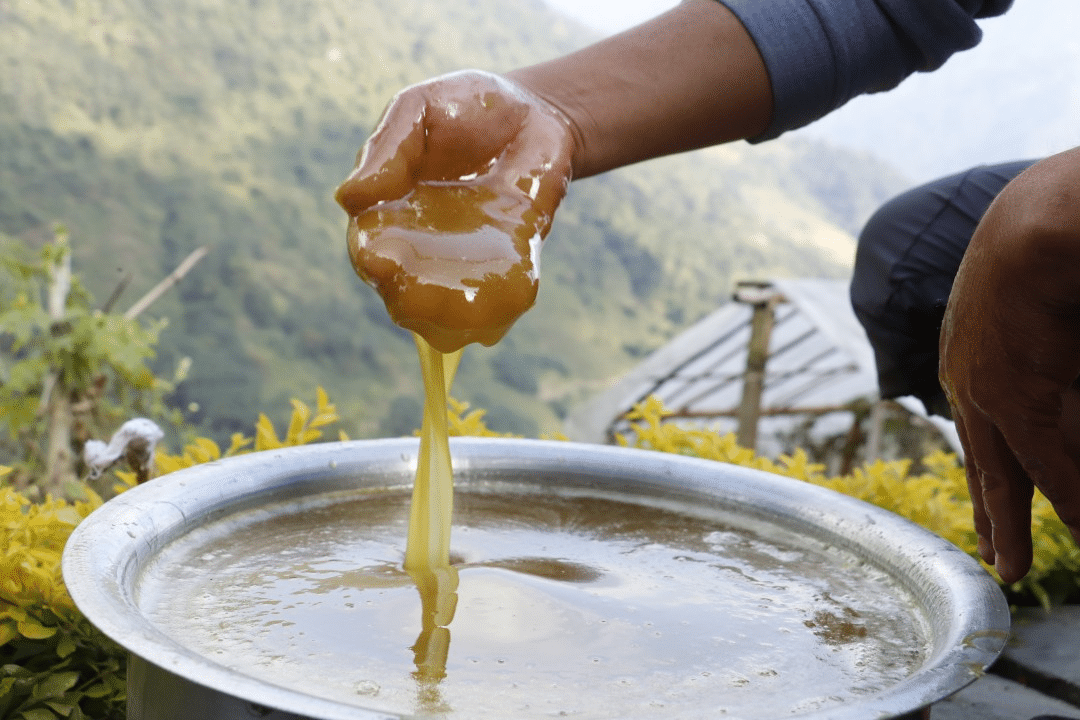
There are striking similarities between these animal-made intoxicants and mad honey. Each comes from a natural source, carries significant risk if misused, and often has deep roots in local culture. The big difference? The creatures involved vary wildly — from cliff-hugging bees to tropical frogs and ocean fish. And while mad honey is actively harvested for its psychoactive properties, others (like pufferfish or dream fish) can cause accidental trips that aren’t always pleasant.
Where mad honey hunting is built on ritual and intergenerational knowledge, other animal intoxicants are more about chance encounters or specialized culinary practices, like the careful training required for licensed fugu chefs.
Why Are People Fascinated by Nature’s Intoxicants?
Part of the allure is the mystery. These substances remind us that mind-altering compounds aren’t always lab-made — sometimes they emerge from deep forests, coral reefs, or misty cliffsides. They carry stories of ancient rituals, taboos, and the fragile line between medicine and poison.
Modern scientists also study these natural intoxicants for potential medicinal uses. For example, some poison dart frog toxins have inspired research into painkillers. Meanwhile, mad honey continues to attract interest for its folk medicinal claims, despite the risks.
In a world where synthetic drugs dominate headlines, animal-made intoxicants like mad honey hint at an older, wilder relationship between humans and the creatures we share the planet with.
The Sweet, Surprising Answer
So, are there other animal-made intoxicants like mad honey? Yes — though none are quite the same. From the hallucinogenic dream fish of the Mediterranean to the potent toxins of dart frogs and the risky thrill of fugu, nature brims with curious ways to bend human perception. Each comes with its own story of culture, caution, and the enduring human desire to seek the strange gifts hidden in the wild.
Next time you hear about mad honey, remember: it’s not alone. Nature’s pharmacy is far more surprising than we often imagine.


